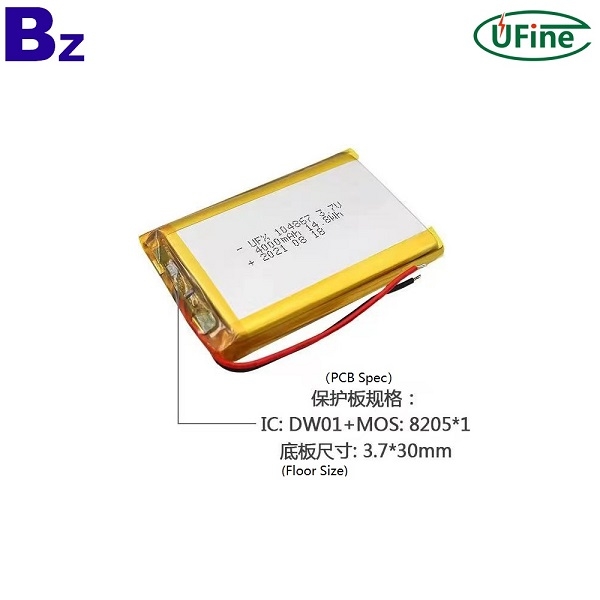1. General lithium ion battery
The general lithium-ion battery is commonly known as "lithium battery", which is currently a battery system with relatively good overall performance. The negative electrode of a lithium-ion battery is a carbon material, such as graphite. The positive electrode is a transition metal oxide containing lithium, such as LiMn2O4.

(1) Advantages of lithium ion batteries:
①The working voltage is high. The working voltage of lithium-ion battery is 3.6V, which is three times that of nickel-cadmium and nickel-hydrogen batteries.
②The specific energy is high. The specific energy of lithium-ion batteries has reached 140Wh/kg, which is 3 times that of nickel-cadmium batteries and 1.5 times that of nickel-hydrogen batteries.
③Long cycle life. At present, the cycle life of lithium-ion batteries has reached more than 1,000 times, and can reach tens of thousands of times under low-depth discharge, which exceeds that of other secondary batteries.
④Small self-discharge. The monthly self-discharge rate of lithium-ion batteries is only 6-8%, which is much lower than nickel-cadmium batteries (25-30%) and nickel-hydrogen batteries (30-40%).
⑤ No memory effect. It can be charged at any time as needed without reducing battery performance.
⑥ No pollution to the environment. Lithium-ion batteries do not contain harmful substances and are veritable "green batteries".
2. Lithium polymer battery
Lithium polymer batteries are a new generation of batteries that entered the market in large quantities in 1999. Lithium polymer batteries are basically the same as lithium ion batteries, except that the electrolyte of lithium polymer batteries is a solid polymer rather than a liquid electrolyte. The electrolyte material of a polymer battery is a thin film generally composed of a melt, in which the main polymer such as polyethylene oxide is used as a non-flowing solvent. The advantage of the lithium polymer battery is that it can be made into any shape and is relatively light because it does not contain heavy metals and has a plastic casing to prevent electrolyte leakage. Their performance is better and safer, and the ideal state of the lithium polymer battery capacity can reach several thousand milliamperes. The solid electrolyte is like a sealant and will not easily decompose naturally during the charging process.
3. Comparison of the two batteries
Both lithium polymer batteries and lithium ion battery technologies can replace Ni-Gd batteries. But the price is too high, the market has not yet fully accepted, especially the lithium polymer technology. Decomposer Brush of Darnell Group believes that polymer batteries will not always be more expensive than lithium-ion batteries, but the current processing conditions are much more expensive, which promotes the development of lithium-ion battery technology. In the past, the cost of lithium-ion batteries used in notebook computers was US$41.42, and the cost of polymer batteries used in notebook computers was US$60.80.
The capacity of lithium polymer battery is larger than that of lithium ion battery under the same volume, and there is no memory effect at all (lithium ion battery still has memory effect, but it is relatively small). Lithium polymer batteries are actually a gel-like substance that can be easily made into various shapes. And it does not contain harmful heavy metal elements, which is a "green battery".



